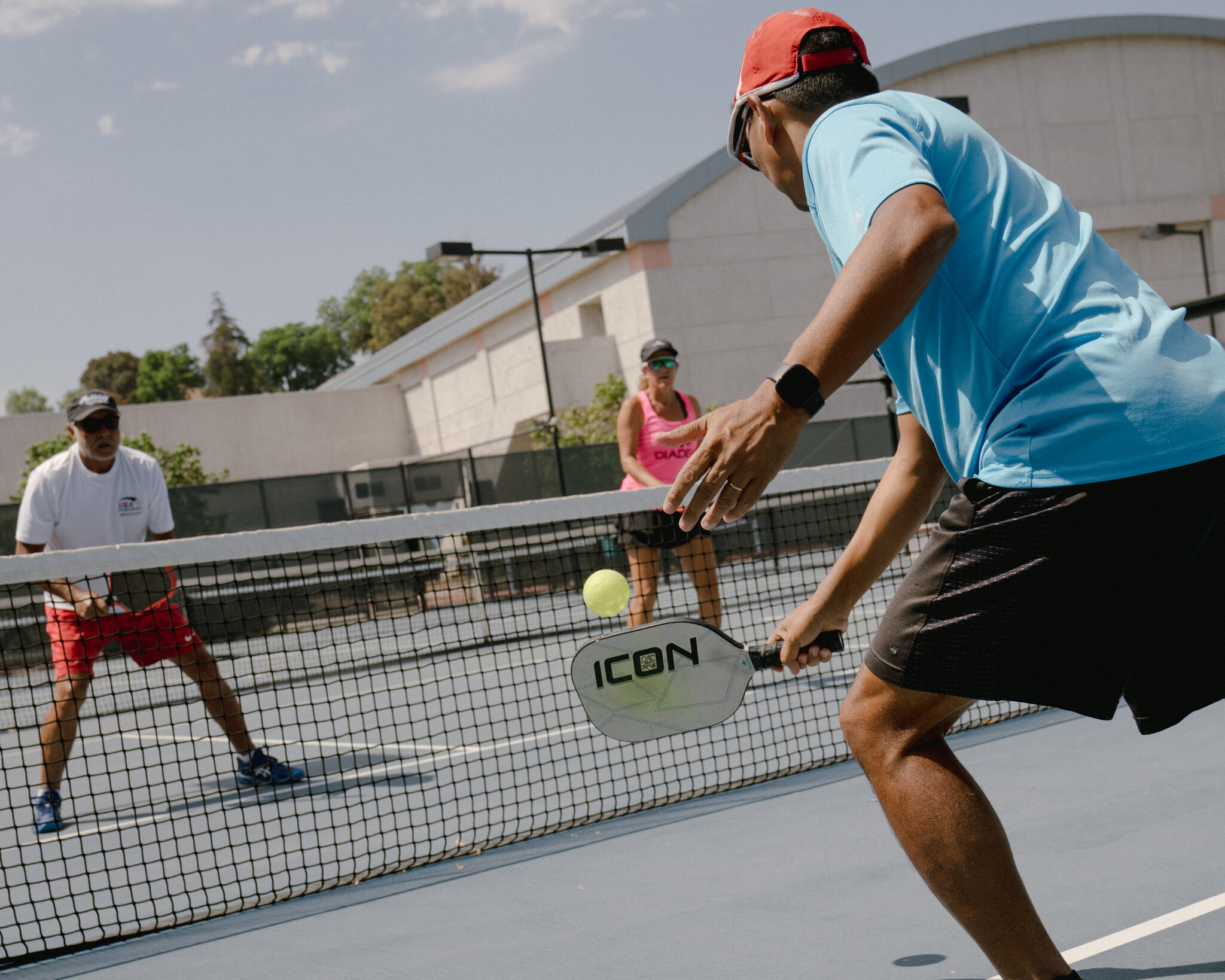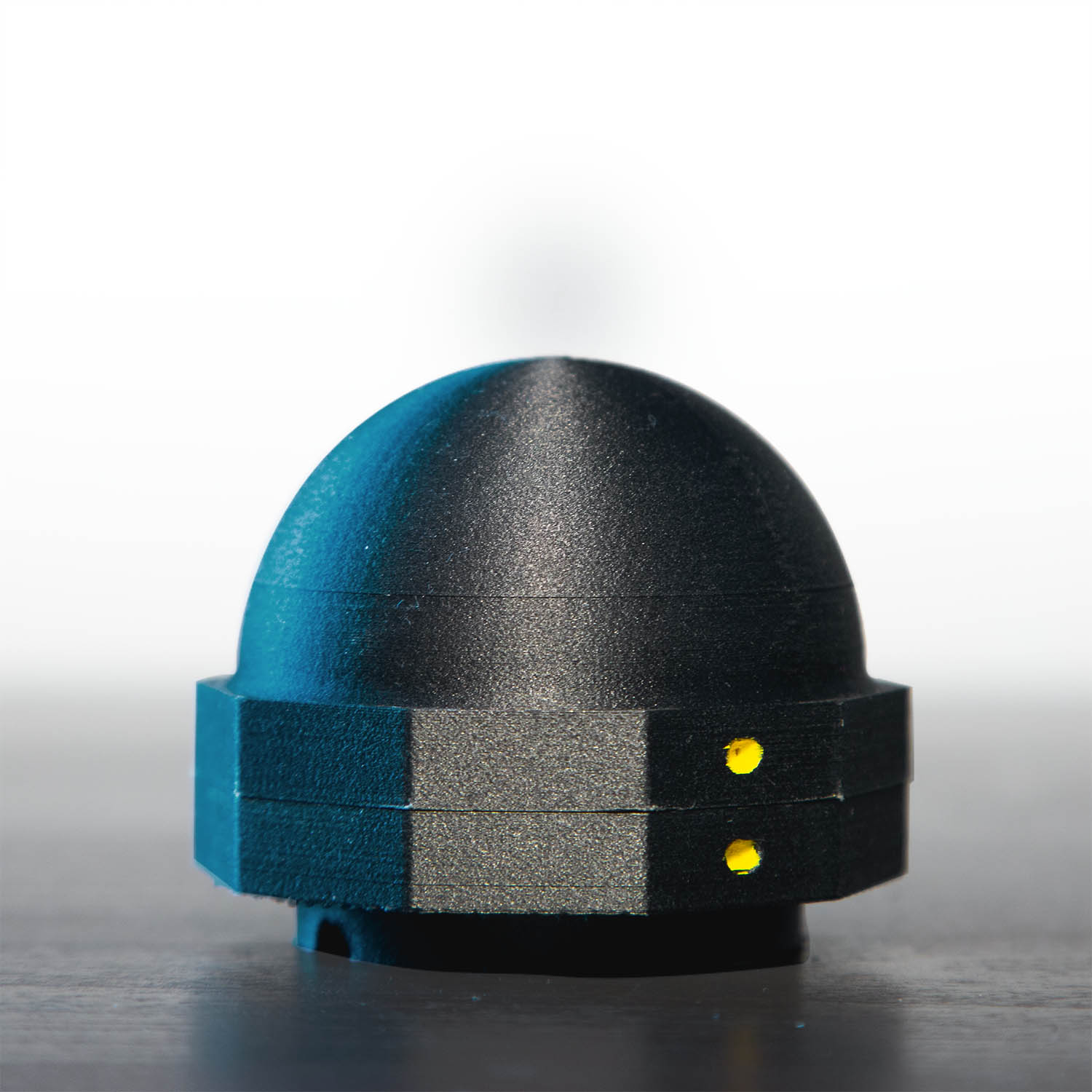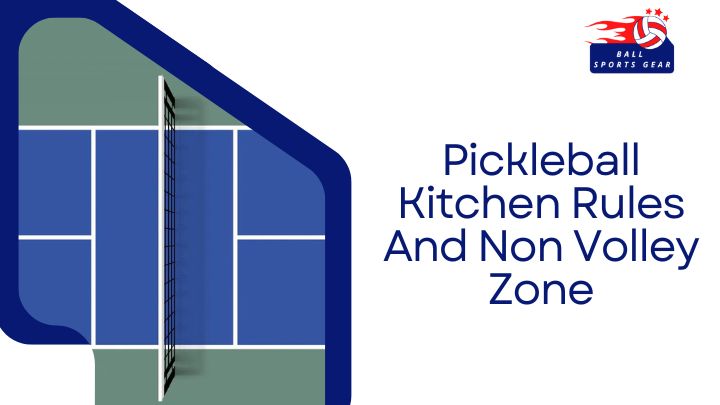
Pickleball can be a social and fun game that is suitable for all ages. It's a game that combines elements of badminton with tennis and pingpong. You can play it indoors or out. There are several things you need to know, whether you're a beginner or an expert.
First, you need to learn how to play pickleball. You don’t require expensive equipment or to be a good tennis player. You just need a paddle and a partner. You can begin playing in five minutes.
To start you have the option of using a small, hollow plastic ball or an oversized pingpong paddle. Make sure your paddle is a suitable weight and made from graphite.

The next step is to learn how hit. If you have a good forehand, you need to use it on the backhand. This allows you to control the ball more effectively, since you'll be swinging overhead. Or, if your opponent is a good lobper you can hit it up.
The second shot is the return to serve. It's better not to be aggressive and take a low, soft shot at the Non-Volley Zone. You'll get a point if you hit the ball within this zone. If you are a bad shot, you will likely get a "dink", which is a ball that barely touches the net.
By shooting down the middle, you can solve some of the snags. This will make it easier for your opponents to not attack the ball. Also, hitting down the middle will allow you to get a better angle, so you can hit harder shots.
The most important tip for pickingleball is to not let your opponent get on your nerves. This may sound easy, but it's more difficult than most people realize. To be able to coordinate your offensive and defense strategies, you must first learn how to communicate with your partner. Secondly, you need to be able to recognize patterns of play. Finally, you must be patient.

You will also need to be familiar with the rules of the game. These include how and when to serve, how and where to volley, as well as how to lob or drop. Check out the Pickleball Guide to learn more. This digital download includes a guide to pickleball along with illustrations and photos to help you learn. Even instructional videos will help you learn.
You must also learn how to hit and how to communicate your opponent. This is especially important if playing in a doubles tournament. Your partners may be more experienced than you and have more experience.
FAQ
What are Cardio Exercises?
Cardiovascular activities are any exercise that makes your heart work harder than normal. Examples include jogging, swimming, bicycling, rowing, and dancing. These activities burn fat and raise your metabolism. They are also great ways to keep fit.
Why is physical fitness important?
For our health, physical fitness is vital. We must exercise regularly to maintain our weight, strength, flexibility, and cardiovascular system. Exercise improves sleep quality, helps with stress management, increases energy and boosts self-esteem.
What are Resistance Training Exercises?
Resistance training uses weights or other objects to perform certain movements. Lifting weights, for example, can help strengthen your arms and shoulders, chest, backs, legs, core, and core. Resistance training builds muscle mass, increases bone density, and promotes greater overall strength.
Are there exercises I shouldn’t perform?
Before you begin any new exercise regimen, make sure to check with your doctor. Some people have injuries or medical conditions that prevent them from doing certain types of exercise. Certain activities require special equipment and training. Swimming, for example requires a swimming suit and access to the water.
Statistics
- Physical activity confers the following maternal and fetal health benefits: a decreased risk of pre-eclampsia, gestational hypertension, gestational diabetes (for example, 30% reduction in risk) (who.int)
- An estimated 110,000 deaths per year could be prevented (cdc.gov)
- In 2018, the World Health Assembly agreed on a global target to reduce physical inactivity by 15% by 2030 and align with the Sustainable Development Goals. (who.int)
- One study showed that adults who watch more than 4 hours of television daily had an 80% higher risk of death from cardiovascular disease. (heart.org)
External Links
How To
How to Burn Belly Fats Quicker
Belly Fat is usually seen as a problem when we want to lose weight. But if you think about it, Belly Fat is actually a good thing. Your organs are protected by the fat around your stomach. Let's find out how to lose belly fat quickly.
The main factors that lead to body fat storage are stress and lack exercise. Stress makes us feel hungry constantly because it stimulates the production of the cortisol hormone. Cortisol levels are increased by insulin. The insulin stores the excess calories as fat. The release of adrenaline from our bodies causes increased appetite. These extra calories can be broken down by exercising.
There are many ways to reduce belly fat. You can choose to try any of these options, depending on your budget. Here are some tips to help you get rid of belly fat quickly.
-
Reduce your food intake. Don't eat three large meals at once. This way, you'll consume fewer calories overall.
-
Drink lots of water. Water flushes out toxins from your body and keeps you hydrated. Drinking water prior to every meal will ensure that you are satisfied for longer periods of time and won't eat too much.
-
Avoid unhealthy snacks. If you're looking for quick fixes, snack foods like chips, cookies, candies, etc. Although tempting, they can be very unhealthy. These sugary treats have lots of empty calories so avoid them. Choose healthier alternatives such as whole grains, vegetables, fruits, seeds, nuts and seeds.
-
At least three times per semaine, do strength training. Strength training builds muscle mass that burns more calories, even when it is done while you rest. It strengthens bones and muscles, ligaments, muscles, tendons, heart, lungs, as well as joints.
-
Walk or stretch regularly. Stretching is a great way to increase flexibility and mobility. This helps reduce back pain. Walking is a great way of burning calories, especially when you do it for just 30 minutes.
-
Reduce alcohol intake. You should cut down on alcohol consumption. It adds no nutritional value to your diet.
-
Slowly lose weight. The first step towards losing weight is to identify what your current weight is. Calculate your ideal weight by adding approximately 5% to 10% of the total weight. Once you have reached your target weight, begin decreasing your daily calories intake by 500-1 000 calories until you reach your goal.
-
Avoid processed foods. These foods are high in salt, sugar, preservatives, and other harmful ingredients. Even though they can be very convenient, these foods lack sufficient nutrients to support your health.
-
Don't skip breakfast! Breakfast is good for your concentration, memory, and energy. Protein (like eggs), fiber and complex carbohydrates (like oatmeal) should be included in breakfast.
-
Have regular bowel movements. Bloating and gas can be caused by irregular bowel movements and constipation. Increase your fiber intake and drink lots of water.